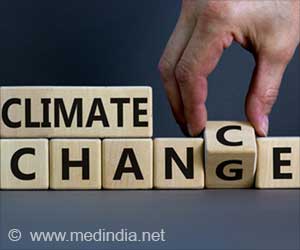A scientist has said that while steep cuts in carbon emissions are essential to stabilizing global climate, the world also needs an emergency backup plan.
A scientist has said that while steep cuts in carbon emissions are essential to stabilizing global climate, the world also needs an emergency backup plan.
The scientist in question is Ken Caldeira of the Carnegie Institution in the US."We need a climate engineering research and development plan, in addition to strong measures to reduce greenhouse gas emissions," said Caldeira.
"Prudence demands that we consider what we might do in the face of unacceptable climate damage, which could occur despite our best efforts to rein in greenhouse gas emissions," he added.
Caldeira has urged that research into the pros and cons of techniques like geoengineering be made a high priority if global warming is to be controlled.
Geoengineering, or climate engineering, refers to controversial proposals to deliberately modify the Earth's environment on a large scale, primarily to counteract greenhouse warming.
One scheme would cool the planet by injecting dust into the upper atmosphere to scatter incoming sunlight. Other possibilities include enhancing cloud cover over the oceans.
Critics question the effectiveness of these schemes and worry that tampering with the Earth's systems would create as many problems as they solve.
"Science is needed to address critical questions, among them: How effective would various climate engineering proposals be at achieving their climate goals? What unintended outcomes might result? How might these unintended outcomes affect both human and natural systems?" said Caldeira.
"Engineering is needed both to build deployable systems and to keep the science focused on what's technically feasible," he added.
According to Caldeira, "A climate engineering research plan should be built around important questions rather than preconceived answers."
"It should anticipate and embrace innovation and recognize that a portfolio of divergent but defensible paths is most likely to reveal a successful path forward," he added.
Source-ANI
SK
 MEDINDIA
MEDINDIA




 Email
Email






